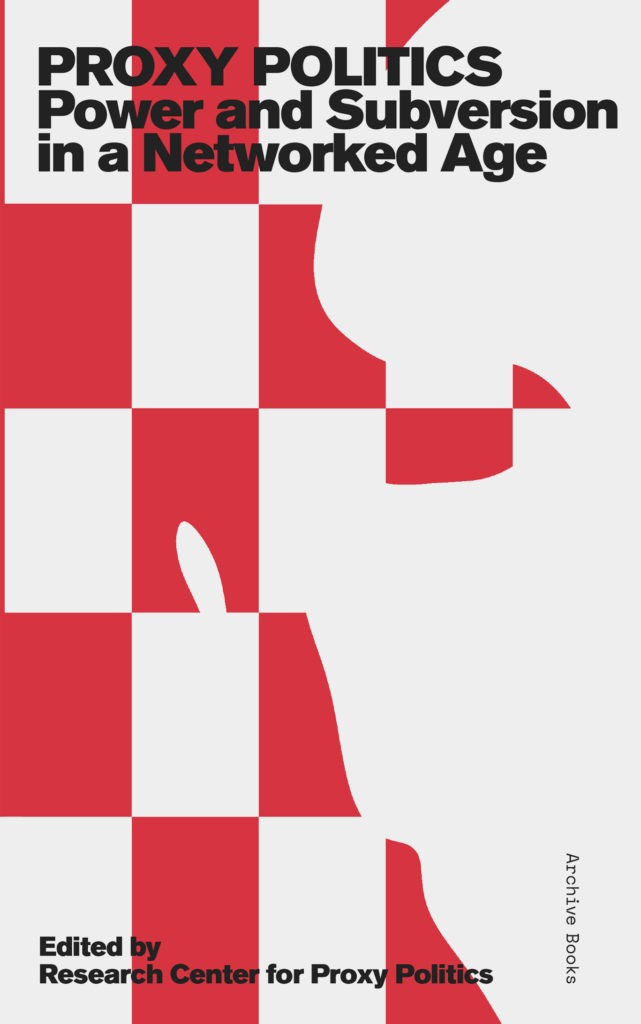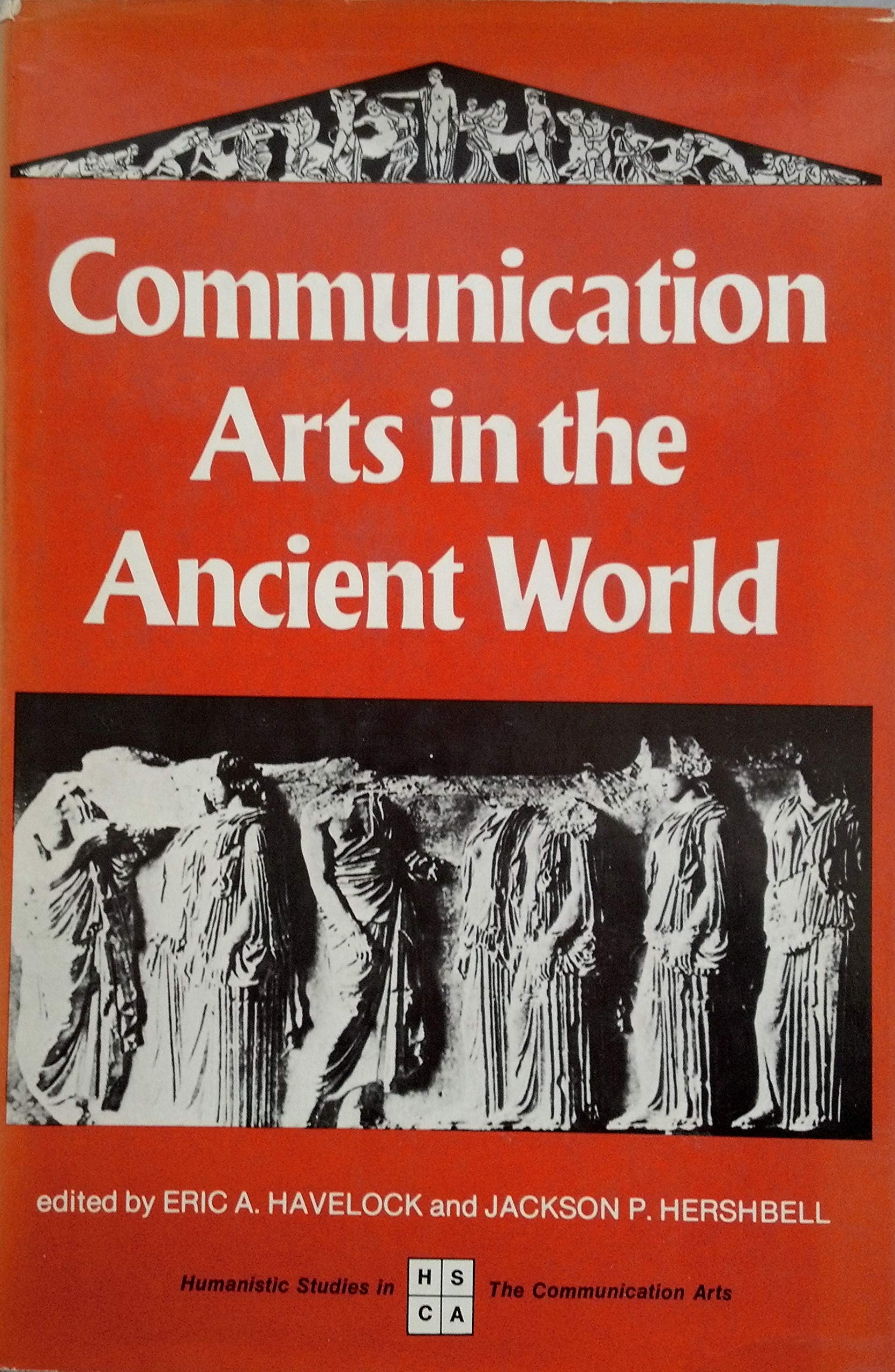Proxy Politics: Power and Subversion in a Networked Age (2017)
Filed under book | Tags: · art, image, internet, media, networks, politics

“The proxy, a decoy or surrogate, is today often used to designate a computer server acting as an intermediary for requests from clients. Originating in the Latin procurator, an agent representing others in a court of law, proxies are now emblematic of a post-democratic political age, one increasingly populated by bot militias, puppet states, and communication relays. Thus, the proxy works as a dialectical figure that is woven into the fabric of networks, where action and stance seem to be masked, calculated and remote-controlled.
This publication looks at proxy-politics on both a micro and a macro level, exploring proxies as objects, as well as networks as objects. What is the relation between the molecular and the planetary? How to fathom the computational regime? Yet, whilst being a manifestation of the networked age, thinking like a proxy offers loopholes and strategies for survival within it.
The Research Center for Proxy Politics (RCPP) explores and reflects upon the nature of medial networks and their actors. Between September 2014 and August 2017, the center hosted workshops, lectures and events at the Universität der Künste, Berlin, under the auspices of Hito Steyerl’s Lens-based class.”
Contributors: Tom McCarthy, Kodwo Eshun, Goldin+Senneby, Brian Holmes, Nick Houde, Jonathan Jung, Laura Katzauer, Boaz Levin, Mikk Madisson, Doreen Mende, Sondra Perry, Oleksiy Radynski, Robert Rapoport, Hito Steyerl, thricedotted, Vera Tollmann, Miloš Trakilović.
Edited by Research Center for Proxy Politics (Vera Tollmann and Boaz Levin)
Publisher Archive Books, Berlin, October 2017
ISBN 3943620719, 9783943620719
256 pages
via catsoup
Editor
Publisher (archived)
WorldCat
PDF (11 MB)
Comment (0)Eric A. Havelock, Jackson P. Hershbell (eds.): Communication Arts in the Ancient World (1978)
Filed under book | Tags: · alphabet, antiquity, communication, literacy, media, media history, oral culture, orality, poetry

A collection of ancient studies “devoted to exploring the beginnings of literacy in ancient Greece and Rome, and the effects of writing on these cultures.”
Publisher Hastings House, New York, 1978
ISBN 0803812523, 9780803812529
xiv+162 pages
Review: H. Curtis Wright (Journal of Library History, 1980).
PDF (19 MB)
Comment (0)Ursula Block, Michael Glasmeier (eds.): Broken Music: Artists’ Recordworks (1989) [DE, EN, FR]
Filed under catalogue | Tags: · art, media, music, sound art, sound recording

“Broken Music is a compendium for records created by visual artists.
Works chosen for the publication revolved around four criteria: (1) record covers created as original work by visual artists; (2) record or sound-producing objects (multiples/editions/sculptures); (3) books and publications that contain a record or recorded-media object; and (4) records or recorded media that have sound by visual artists.
The book features essays by both editors as well as Theodor W. Adorno, René Block, Jean Dubuffet, Milan Knížák, László Moholy-Nagy, Christiane Seiffert, and Hans Rudolf Zeller. The centerpiece of the publication is a nearly 200-page bibliography of artists’ records.”
Published as a catalogue of an exhibition held at daad galerie Berlin, Gemeentemuseum Den Haag, and Magasin Grenoble.
Publisher Berliner Künstlerprogramm des DAAD, and gelbe Musik Berlin, Berlin, 1989
ISBN 3893570136, 9783893570133
278 pages
Interviews with editor: Alan Licht (BOMB, 2018), Max Oppel (Deutschlandfunk Kultur, 2018, DE).
Reviews: Ágnes Ivacs (Artpool, n.d.), Geeta Dayal (4Columns, 2018), Matt Krefting (The Wire, 2018), Gregory Taylor (Cycling 74, 2018).
PDF (46 MB)
Comment (0)
